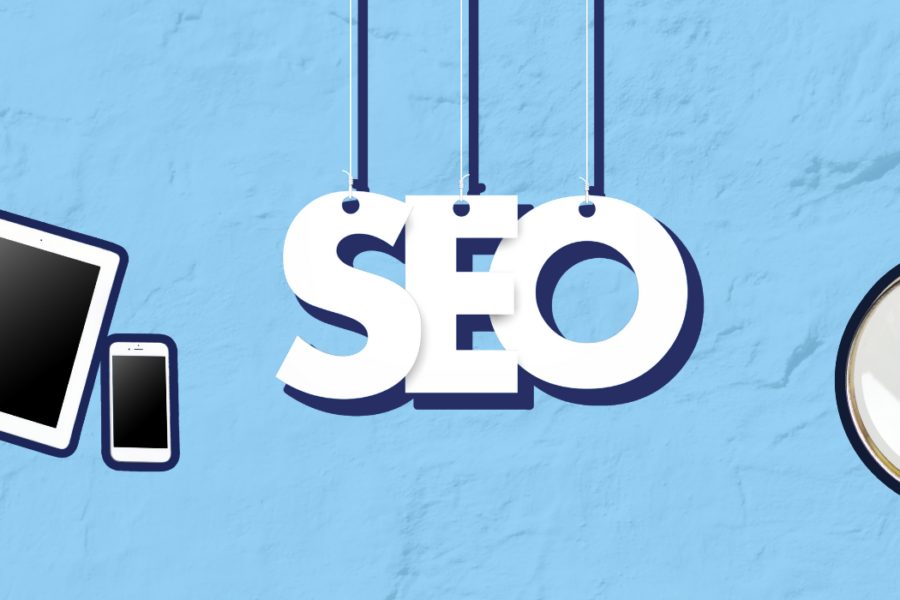Right when you think you’ve got the hang of advertising on Facebook, the company announces changes in how it presents audience projections.
Facing The Facts
As of now, when you create an ad for Facebook, the site will display its ‘Potential Reach’, with a specific range of numbers that your campaign will likely garner. This number will reflect the targeting criteria you select.
However, with these new implementations, Facebook will now show a generalised ‘Reach Estimate’ instead of specific numbers. Additionally, this system will bundle several categories together under one roof, including ‘Potential Reach’, ‘Estimated Daily Results’ and ‘Interest Categories’.
In a statement, Facebook said: “In order to make the presentation of those pre-campaign estimates consistent, we are changing Potential Reach and interests into ranges instead of specific numbers, which is how Estimated Daily Results are already presented. Ranges are also in line with how pre-campaign estimates are presented on other platforms across the advertising industry. As part of this update, we will also be changing the name of Potential Reach to Estimated Audience Size.”
Though this gives us some insight into what they’re doing, it doesn’t spell out why Facebook’s making the changes. Perhaps it’s the platform’s attempt to forgo incorrect statistics that misrepresent the reach of a targeted audience?
Elaborating on their ‘Estimated Audience’ size, Facebook also mentioned: “In cases where a person has connected their Facebook and Instagram accounts in Accounts Center, their Facebook and Instagram accounts will be counted collectively as a single account for ads estimation purposes. If a person has not connected their Facebook and Instagram accounts in Accounts Center, their accounts will be counted as multiple accounts for ads estimation purposes.”
This could potentially impact how we gather data from audience members, as it could limit how we differentiate from Facebook and Instagram users.
Facebook’s Help Centre has given us an overview concerning the ‘Estimated Audiences’, elaborating on the factors that the algorithm will consider during ad creation, including:
- Ad targeting criteria and placement locations
- How many people were shown ads on Facebook apps and services in the past 30 days
- What content people interact with on Facebook and services (such as liking a page)
- Self-reported demographics such as age and gender
- Where people see ads (e.g. in a Facebook News Feed or Instagram Stories)
Though these factors seem straightforward, we’re interested in how they’ll align with Facebook’s move to restrict ad targeting for users under 18.
That Facebook Flow
These changes have come into effect right after Facebook began testing Ad Automation flows to improve the performances of brand campaigns. These new additions help users maximise their ads by optimising ad spend based on your focus goals. By automating certain parts of the process, Facebook wants to streamline the creative process for users and assist companies who desire to structure a framework that’ll accordingly optimise – joining Google, who are constantly developing automated ways of using their own ad platform.
Founder of Geekout, Matt Navarra, tweeted a complete layout of the process which you can view here. Here are a few highlights we thought were interesting:
The Future of Facebook
Estimated audience alterations, automated flows and under 18 ad restrictions; Facebook seems to update its systems every time we turn to check the time. Have these changes sprung to the forefront due to the platform’s ad algorithm getting questioned? Or is this to do with changes in technology, or are they required for the death of third party cookies?
There will always be positives and negatives when working with automated systems. They do indeed lower the practical workload for companies when it comes to ad creation, leaving you more time to focus on other areas of a campaign. However, robots can’t get it right all the time. We’ve seen this with Google and their changes to the FLoC system due to the ethical controversies surrounding it.
We’ll keep you posted with all the (eventual) updates Facebook brings to the table. Until then, if you’d like further insights into how Facebook’s algorithms work or want help with your paid social efforts, we’re proud to be a Facebook Marketing Partner – contact our paid social experts today.







